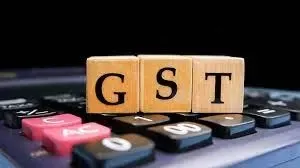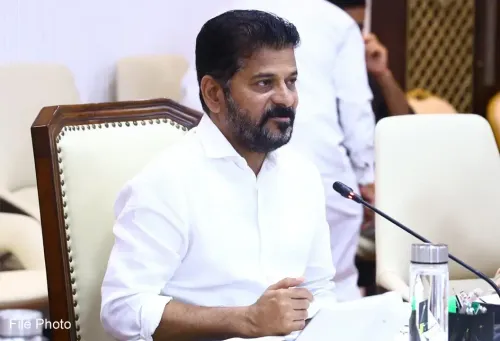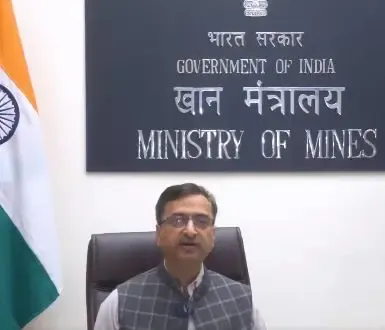Will Upcoming GST Reforms Propel the Industry Forward?

Synopsis
Key Takeaways
- Upcoming GST reforms set to launch by Diwali.
- Focus on two-tier GST system for efficiency.
- Expected tax relief for common citizens and small businesses.
- Rationalization of tax rates to boost MSME growth.
- Government emphasizes benefits for all societal segments.
New Delhi, Aug 15 (NationPress) Industry analysts on Friday praised Prime Minister Narendra Modi's Independence Day declaration regarding transformative reforms in the Goods and Services Tax (GST) framework, which are set to be introduced by Diwali.
This initiative is expected to deliver significant tax relief to the general populace and support small enterprises, according to industry stakeholders. They emphasized that these reforms will also be advantageous for MSMEs and large manufacturers.
“The rationalization of the GST rate structure has been anticipated for some time. With the Prime Minister's announcement, it appears that the rate fitment process has reached its conclusion. One can anticipate a revision in the tax rates for essential items from 12 percent to 5 percent, which could not only reduce end-user prices but also stimulate consumption and demand, particularly among MSMEs,” stated Krishan Arora, Partner-Tax Planning and Optimization at Grant Thornton Bharat.
Sudhir Kapadia, a senior advisor at EY, remarked that GST reforms are a crucial requirement. He noted that the direct announcement from the Prime Minister signals a clear intent and a defined timeline before Diwali. “It is high time these reforms are implemented,” he added.
Following PM Modi’s address, the Finance Ministry also introduced a proposal for a streamlined, two-tier GST system comprising a “standard” and “merit” slab, along with special rates for select products.
The Group of Ministers (GoM), formed by the GST Council to address this matter, has received the government’s proposal on the rationalization and reform of GST rates.
One of the primary focuses for the next-generation reforms is the adjustment of tax rates to benefit all societal segments, particularly average citizens, women, students, the middle class, and farmers.
Abhishek Jain, Partner and National Head of Indirect Tax at KPMG in India, remarked that the government’s intention to transition to a two-rate GST (including a demerit rate on select goods), combined with streamlined input tax credit refunds (for both inverted duty and exports), represents a clear positive shift towards enhancing the efficiency of the system while minimizing litigation. It strikes a balance between simplicity and fiscal prudence, indicating a maturing GST framework.









